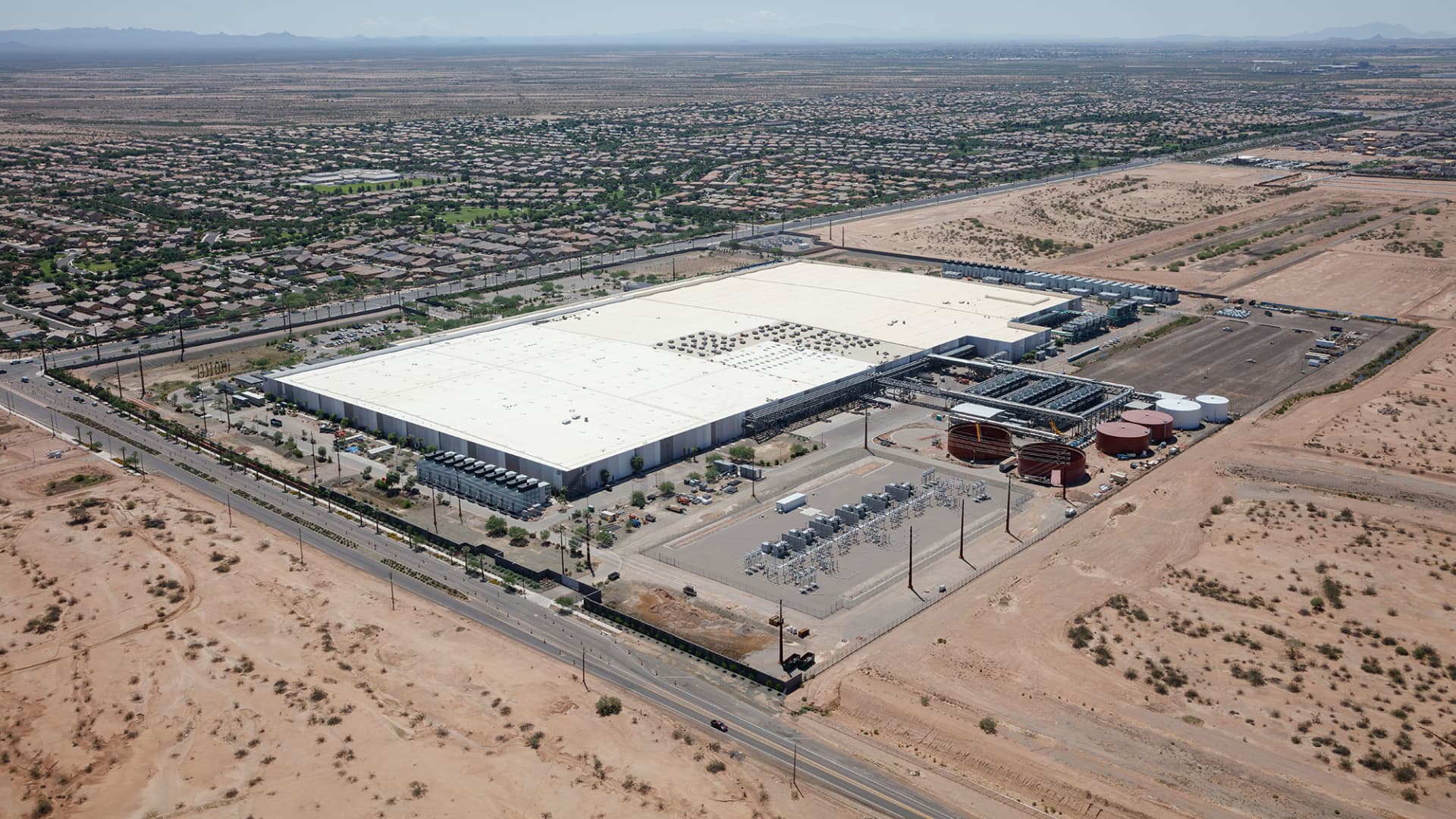A
pple’s Mesa, Arizona data center was photographed from above on August 6, 2017. The company also announced plans for a second facility in Ulanqab, Inner Mongolia, China.
The rapid rise in data traffic is spawning new real‑estate niches beyond traditional warehouses. Two emerging categories are “quantum real estate,” dedicated to housing quantum computers, and “powered land,” which refers to parcels already equipped with the necessary power infrastructure and permits for data‑center use.
Currently, roughly 20,000 acres of powered land support existing data centers worldwide. A recent Hines study projects that an additional 40,000 acres—about 2 billion square feet—will be required over the next five years to meet growth targets. That area is nearly the size of three Manhattans or 1½ times Paris.
Hines, a real‑estate investment firm with two decades of data‑center experience, has shifted focus in the past year to securing power and entitlements for hyperscale sites. “The real challenge isn’t building walls; it’s delivering megawatts,” says David Steinbach, Hines’ global CIO. The firm now maps electrical grids, negotiates with landowners, and provides financial guarantees to grid operators, effectively turning power rights into a tradable asset class.
While tech giants and energy producers dominate the race for powered land, Hines aims to stay competitive. Steinbach notes that capital is increasingly directed toward enabling computation rather than acquiring square footage, citing Nvidia’s $5 billion partnership with Intel as evidence that AI infrastructure is the new oil.
In August, Silver Lake and Commonwealth Asset Management launched a powered‑land platform, committing $400 million to acquire strategically located sites in the U.S., Canada, and the U.K. The goal is to address the scarcity of power‑ready land for AI‑driven data centers. Lee Wittlinger, Silver Lake’s managing director, described the initiative as a long‑term investment that will position the firm as a one‑stop shop for developers and hyperscalers, leveraging relationships with energy partners to meet evolving demands.
Data‑center hubs must expand beyond saturated regions like northern Virginia into power‑rich areas such as the Midwest and Texas. Hines’ research highlights significant opportunities in Europe, where supply gaps and rising demand could benefit developers and investors alike. The Middle East also emerges as a promising market, with governments investing heavily in AI, renewables, and grid upgrades.
Securing powered land involves complex challenges: acquiring suitable parcels, navigating local entitlement processes, and coordinating with utilities to secure sufficient power commitments. Steinbach emphasizes that this is not merely a technology story but a transformative building‑cycle narrative that will reshape real‑estate development for decades.














